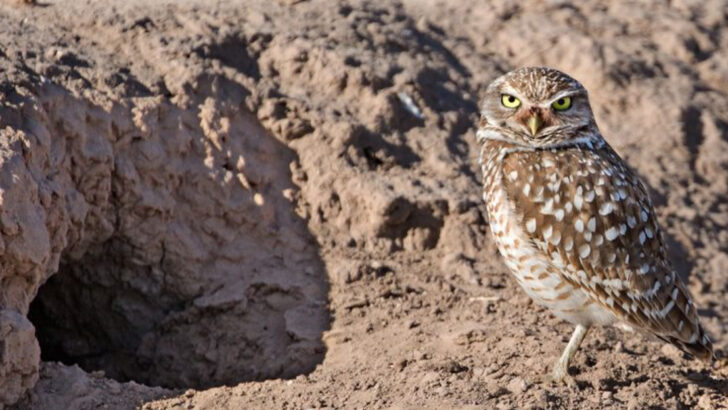They vanished from sight—but not from power. While we stomp across the surface, there’s a hidden world teeming with mammals who’ve turned dirt into a kingdom. No light? No problem. These creatures dig, burrow, and tunnel like it’s an art form—because for them, it is. Claws are their shovels. Whiskers are their radar. And silence? That’s their secret weapon. From prairie dogs that build underground cities to moles with super-sensitive snouts, these animals don’t just live below us—they thrive. Heat, predators, even wildfires—none of it matters when your home is deep in the earth. Meet 19 mammals who turned the underground into a fortress, a nursery, a pantry… and a way of life.
Naked Mole Rat
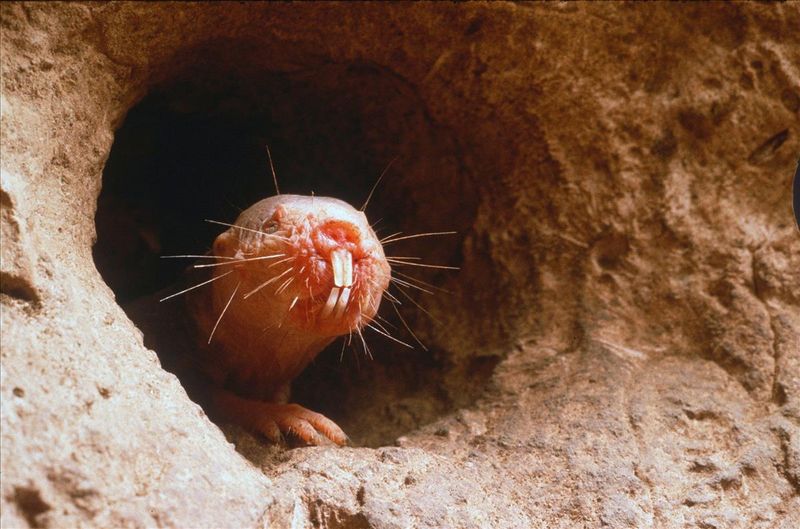
Beneath the arid regions of East Africa, the naked mole rat carves its kingdom. This peculiar creature, nearly blind with wrinkled pink skin, thrives in complete darkness. Its incisors grow prominently, perfect for digging complex tunnels.
Incredibly, naked mole rats live in eusocial colonies akin to ants and bees, ruled by a single queen. Their low oxygen environments don’t faze them; they’ve adapted unique metabolic processes.
Did you know? Naked mole rats can survive up to 18 minutes without oxygen. This quirky mammal defies aging, living up to 30 years—an unusual feat for rodents.
European Mole
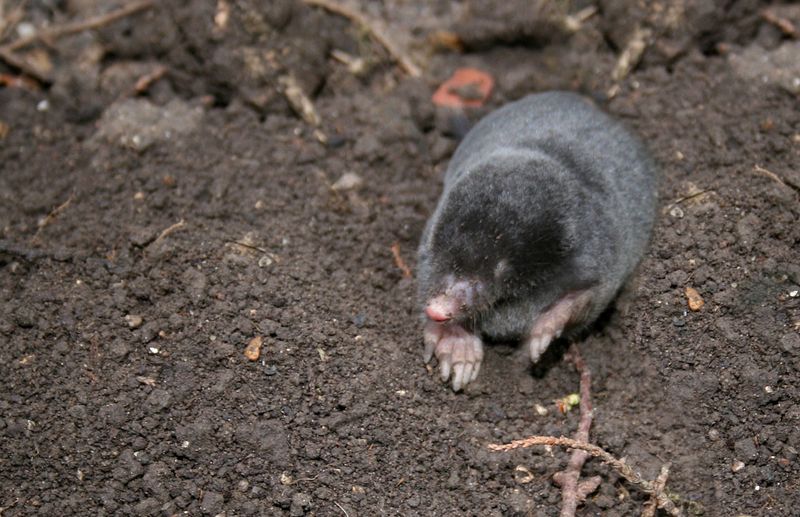
The European mole, with its velvety fur and shovel-like paws, is a master architect of the subterranean. Dwelling across Europe, it creates elaborate tunnels that aerate the soil and control insect populations.
This solitary mammal has poor eyesight but compensates with an acute sense of touch, navigating through the darkness with ease. Its diet is as unique as its lifestyle, predominantly consisting of earthworms.
Have you ever wondered why the term ‘molehill’ exists? These creatures’ digging activities create mounds of earth, sometimes causing havoc in gardens and fields.
Star-nosed Mole
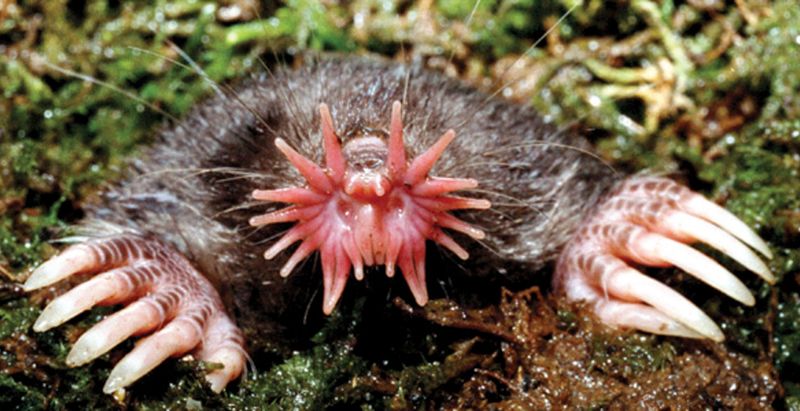
In the wetlands of North America, the star-nosed mole uses its distinctive nose to find prey. This nose is not just for show—it’s a highly sensitive organ with over 100,000 nerve endings.
The star-nosed mole is a proficient swimmer, diving to catch insects and small fish. Its unique appearance and abilities make it a subject of intrigue among scientists.
Interestingly, this mole can identify and consume prey in less than a quarter of a second, making it one of the fastest-eating mammals. Nature’s efficiency at its best!
Pocket Gopher
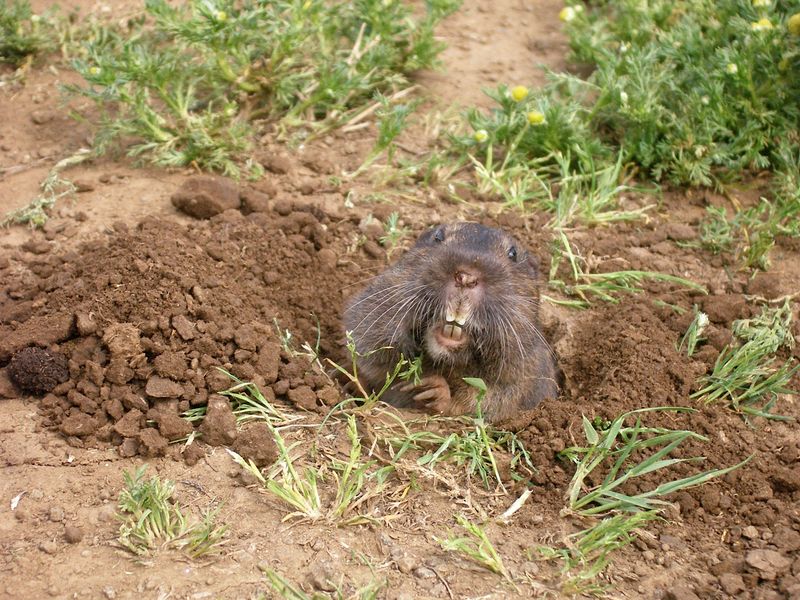
The pocket gopher is a familiar sight in the plains of North America. Known for large cheek pouches, it efficiently transports food through its extensive tunnel systems.
These solitary mammals are equipped with powerful forelimbs and sharp claws, allowing them to dig tirelessly. Despite their unassuming size, they play a crucial role in soil aeration and plant root pruning.
Did you know? Farmers often consider pocket gophers pests, yet their burrowing helps the ecosystem by turning the soil and promoting plant growth. Nature’s unsung tillers!
Blind Mole Rat
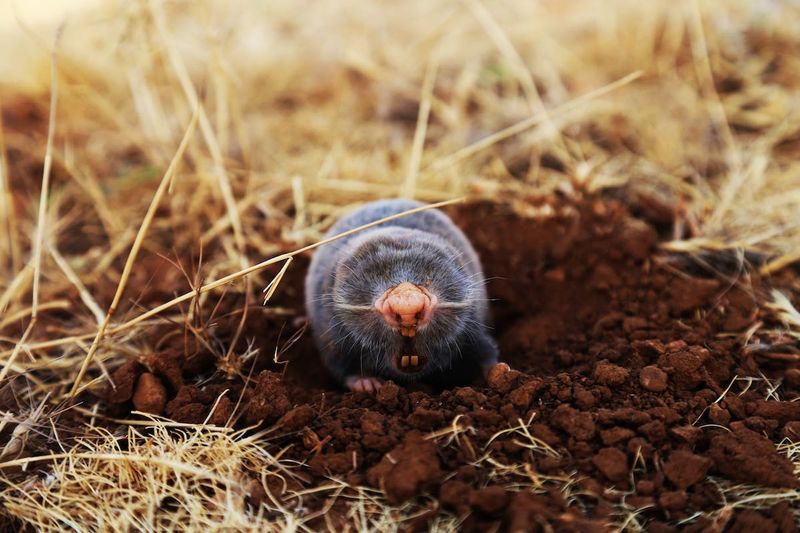
The blind mole rat, found in regions from Eastern Europe to the Middle East, is a marvel of adaptation. As its name suggests, it lacks functional eyes, relying on other senses to navigate underground.
This rodent’s life in the dark requires keen hearing and touch, making it a master of subterranean survival. It uses its head to dig, pushing soil with surprising strength.
Did you know? Blind mole rats are cancer-resistant, a trait actively studied by scientists. Their resilience in harsh environments offers insights into both nature and medicine.
Fennec Fox

In the scorching Sahara Desert, the fennec fox is a symbol of resilience. With enormous ears, it stays cool by dissipating heat and hearing prey underground.
These nocturnal creatures dig extensive burrows to escape the sun’s intense rays. Their sandy coats blend seamlessly with their desert home, offering camouflage from predators.
Did you know? The fennec’s diet is as varied as its habitat, including insects, small mammals, and even birds. Adaptability is key to their survival in such a harsh climate.
Bilby
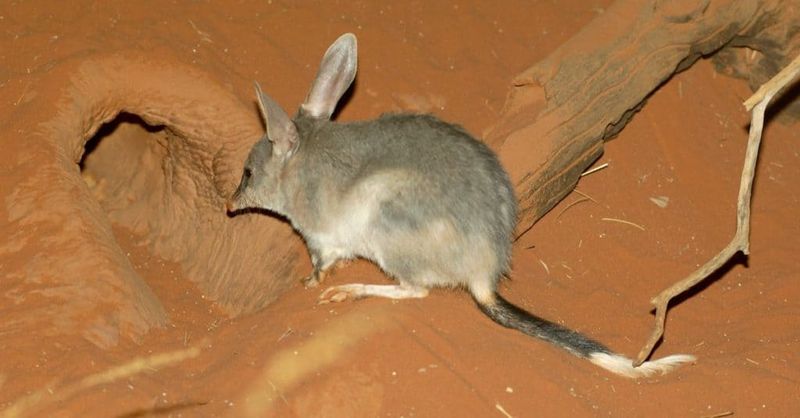
The bilby, often referred to as the “Easter Bunny” of Australia, is a nocturnal digger with a taste for insects and seeds. Its long ears and pointed nose make it an adept burrower.
In the harsh Australian outback, bilbies create spiral burrows to protect themselves from predators and harsh temperatures. Their tunnels can reach up to three meters deep, showcasing their engineering prowess.
Fun fact: Bilbies play a vital role in their ecosystem, helping to maintain soil health and plant growth. These quirky marsupials are nature’s little gardeners!
Groundhog
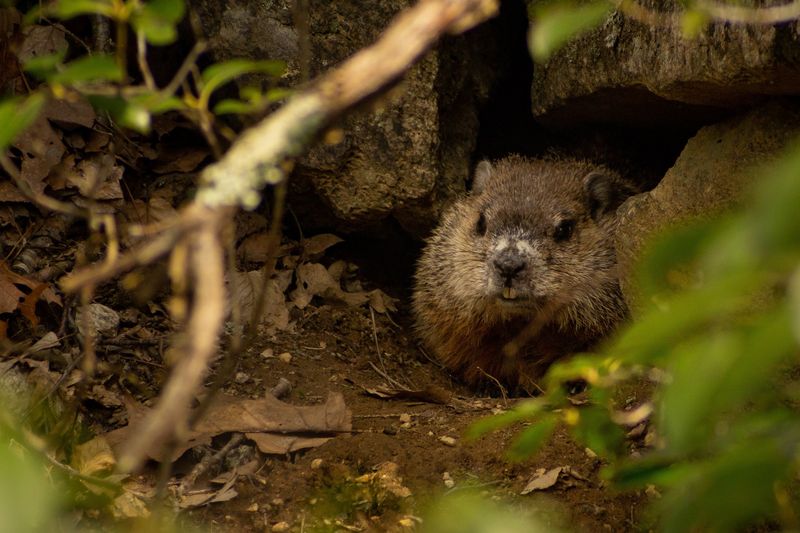
Groundhogs, or woodchucks, are synonymous with burrowing. Found across North America, they create intricate burrow systems for shelter, hibernation, and raising young.
These burrows provide refuge from predators and extreme weather, ensuring survival in diverse environments. Known for their role in Groundhog Day, they are cultural icons in some regions.
Did you know? A groundhog’s burrow can have multiple entrances and go as deep as five feet. These engineering feats aid in their survival and ecological balance.
European Rabbit
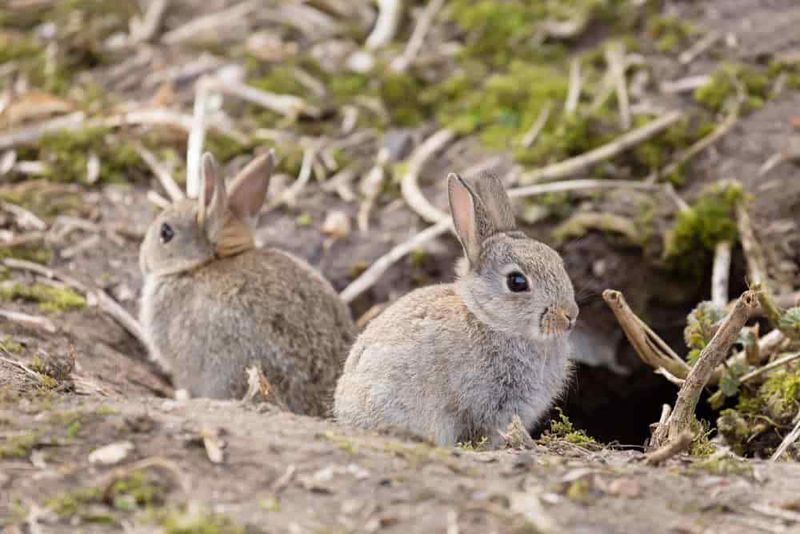
European rabbits, with their widespread presence, are experts in creating warrens—complex networks of tunnels and chambers. These burrows serve as homes and protection from predators.
Living in groups, they exhibit social behavior, which aids in communal protection and grooming. Their burrowing activities improve soil aeration and nutrient distribution.
Fun fact: While often seen as pests, European rabbits play a crucial role in their habitats by maintaining grassland ecosystems. Their diggings influence the diversity of plant life.
Meerkat
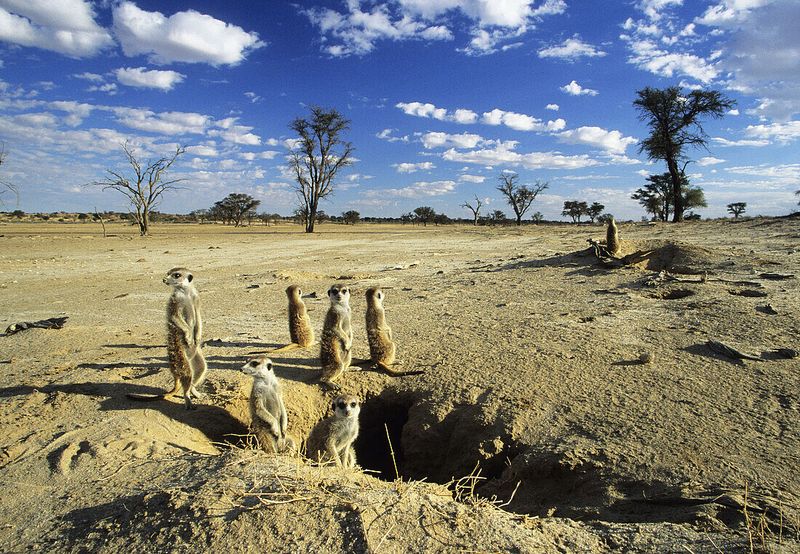
Meerkats are social creatures living in the arid savannas of southern Africa. Known for their vigilant behavior, these small mammals dig elaborate burrows for shelter and protection.
Their strong sense of community sees them taking turns to watch for predators while others forage or rest. Burrows are shared, providing cool retreats from the scorching sun.
Did you know? Meerkats have a high immunity to venom, allowing them to eat scorpions and other dangerous prey without harm. This adaptation makes them formidable hunters.
Wombat
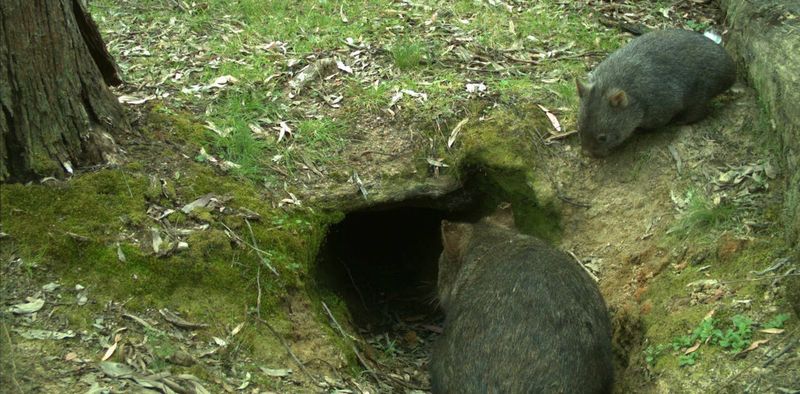
Wombats, native to Australia, are proficient diggers with a knack for creating extensive burrow systems. Their burrows can be up to 30 meters long, providing shelter from weather and predators.
These nocturnal marsupials have strong limbs and claws designed for excavating earth. Their backward-facing pouch ensures that soil doesn’t cover their young while digging.
Did you know? Wombats have cube-shaped droppings, which they use to mark territory without rolling away. Nature’s quirky designs at work!
Desert Kangaroo Rat
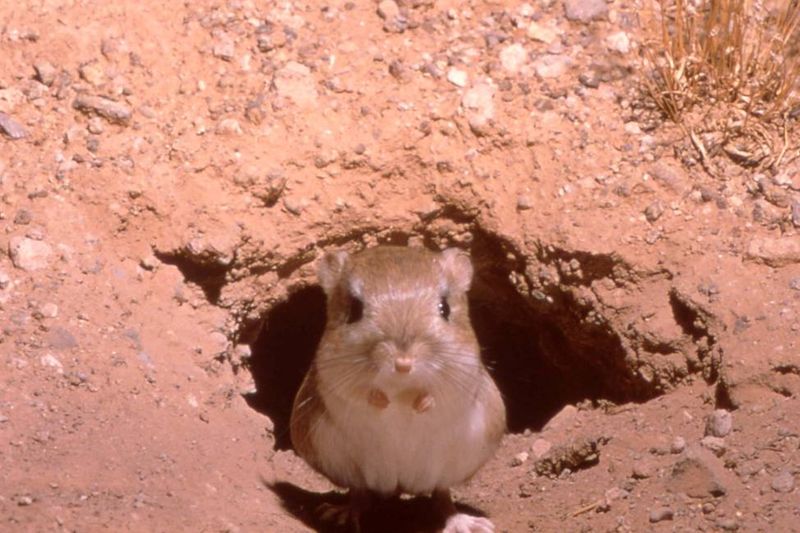
The desert kangaroo rat is a symbol of survival in the harsh North American deserts. With long hind legs, it hops gracefully, avoiding predators with ease.
These rodents dig deep burrows to escape the intense desert heat and to store food. Remarkably, they can survive without drinking water, obtaining moisture from seeds.
Fun fact: Desert kangaroo rats have highly developed hearing, allowing them to detect snake predators approaching silently. Nature’s remarkable adaptations for desert life.
Spotted Hyena
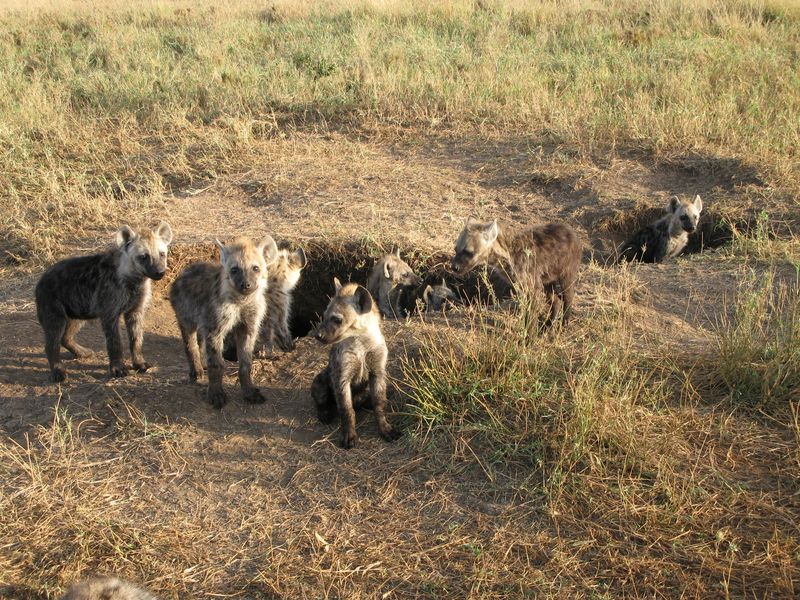
Though not typically associated with burrowing, the spotted hyena uses abandoned burrows for dens. In the African savanna, these dens are vital for raising young and sheltering from the sun.
Hyenas exhibit complex social structures, often led by dominant females. Their laughter-like calls are infamous, used to communicate within their clan.
Did you know? Spotted hyenas are efficient hunters, with a bite force capable of crushing bones. Their use of dens showcases adaptability in harsh environments.
Burrowing Owl
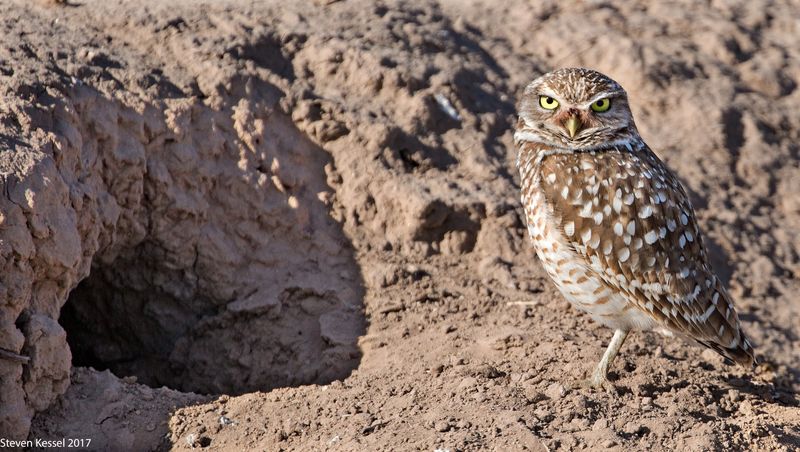
The burrowing owl, unlike most owls, is active during the day. Found in North and South America, it makes its home in burrows abandoned by prairie dogs and other animals.
These owls exhibit unique behaviors, such as mimicking rattlesnake sounds to deter predators. Their burrows provide protection for nesting and roosting.
Fun fact: Burrowing owls often decorate their burrow entrances with dung to attract insects. This diet-enhancing trick is one of nature’s clever adaptations.
Badger
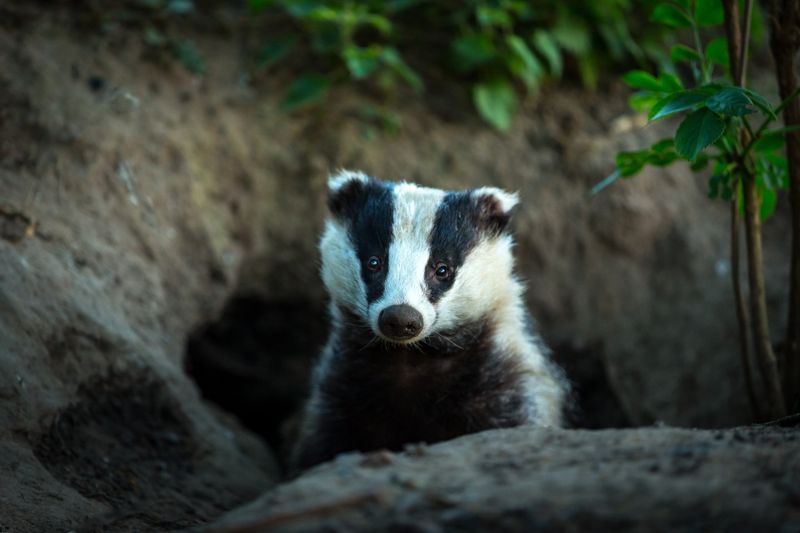
Badgers are robust diggers known for their distinctive black and white faces. Found across Europe and North America, they create setts—large, complex burrow systems.
These nocturnal creatures use these setts for sleeping, breeding, and protection from predators. Badgers are omnivorous, with diets ranging from earthworms to small mammals.
Fun fact: Badgers often share their setts with other species, such as foxes. These shared homes are a testament to the badger’s adaptability and communal nature.
Arctic Fox
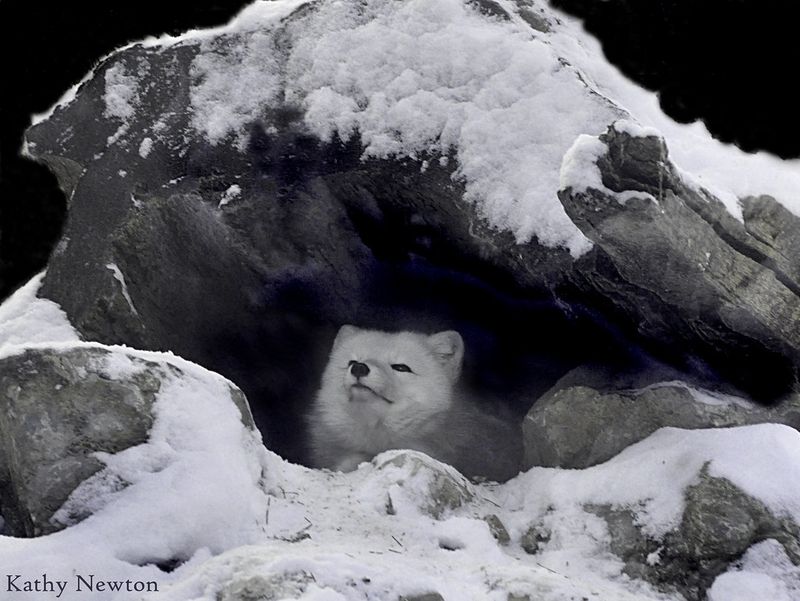
In the icy realms of the Arctic, the Arctic fox demonstrates incredible resilience. Its thick fur changes color with the seasons, providing camouflage in snow and rock.
These foxes dig dens in the permafrost, using them as shelters during harsh winters and for rearing pups. Their diet is diverse, including lemmings, birds, and even carcasses.
Did you know? The Arctic fox has a keen sense of hearing, detecting prey beneath the snow. Survival in such extremes demands remarkable adaptations.
Prairie Dog
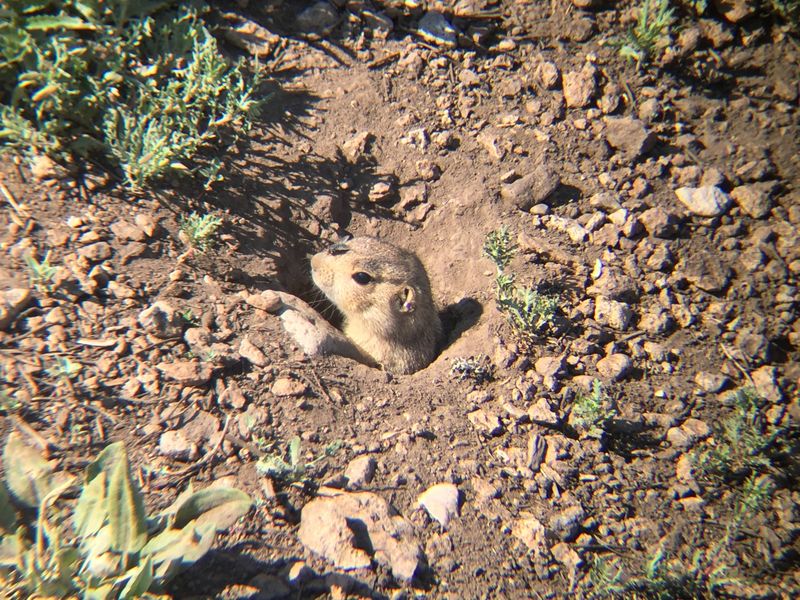
Prairie dogs are social rodents living in the grasslands of North America. Their colonies, known as “towns,” consist of intricate burrow systems with designated areas for nurseries, sleeping, and even sanitation.
These burrows protect them from predators and extreme weather conditions. Prairie dogs communicate using a complex system of vocalizations, alerting each other to danger.
Did you know? Prairie dog towns can cover vast areas, sometimes spanning hundreds of acres. Their impact on the ecosystem is profound, benefiting a variety of species.
Banded Mongoose
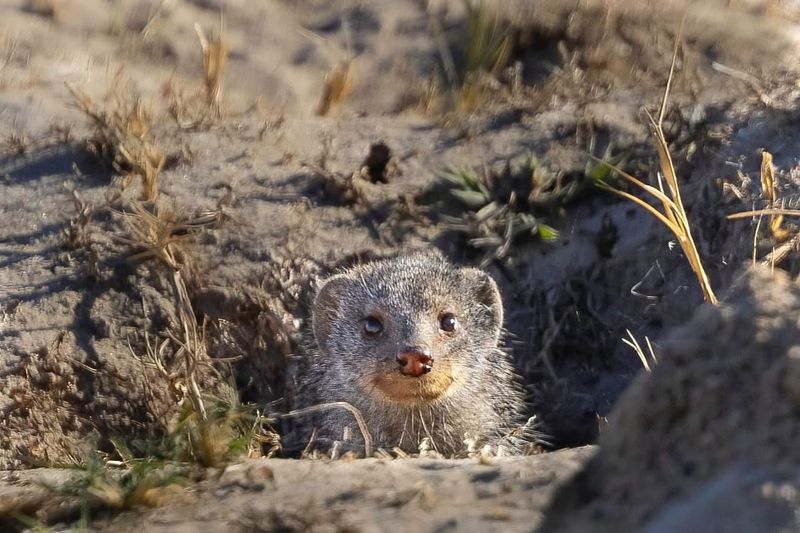
The banded mongoose, found in sub-Saharan Africa, is a social creature living in family groups. Their burrows provide safety from predators and a communal space for raising young.
Known for their agility and teamwork, these mongooses can take down snakes, showcasing bravery despite their small size. Their burrows are often shared with other creatures, illustrating a harmonious balance.
Did you know? Banded mongooses have been observed using tools, such as rocks, to crack open eggs. This intelligent behavior highlights their adaptability and problem-solving skills.
Golden Mole
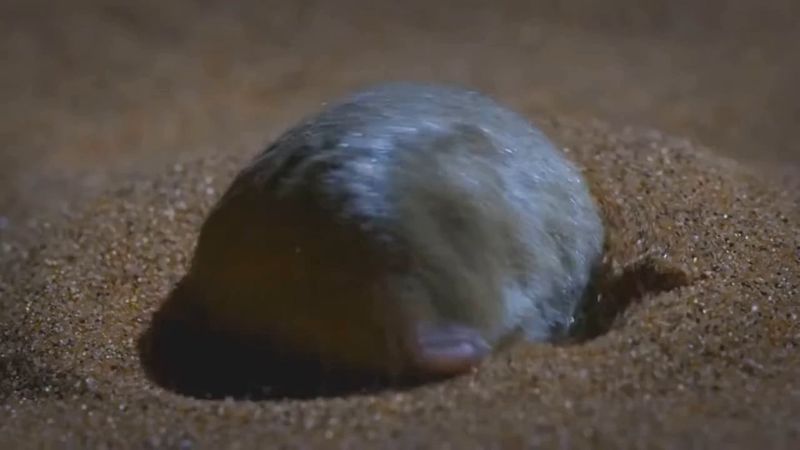
Imagine moving through the earth like a fish through water. The golden mole does exactly that, equipped with a sleek, cylindrical body perfect for tunneling.
Their velvety, iridescent fur isn’t just beautiful; it minimizes friction as they move through sandy soils. Despite being blind, these moles are masters of their environment.
Using their sensitive, star-shaped noses, they navigate the underground world with ease, searching for insects. Remarkably, golden moles possess a high tolerance for low oxygen environments, making them well-suited for subterranean living.
Although small in stature, their impact on their ecosystem is significant.

